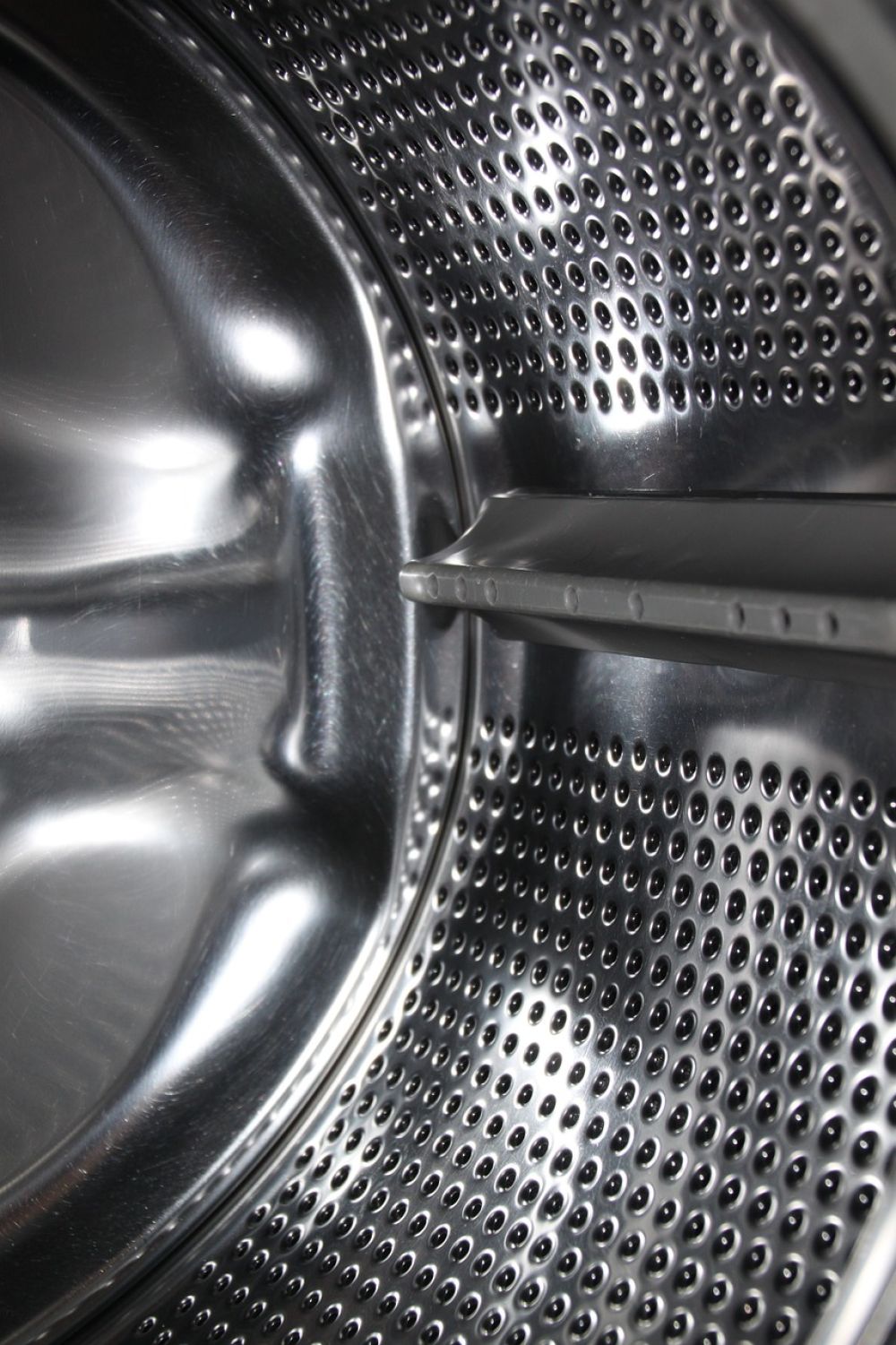Maintaining Your Washing Machine: Tips for Longevity and Efficiency

Your washing machine is an essential household appliance that works tirelessly to keep your clothes clean and fresh. Yet, it is often taken for granted until it breaks down or starts performing poorly. Regular maintenance is key to preventing these issues and ensuring your machine operates at peak efficiency. By following a few simple steps, you can extend the lifespan of your washing machine, improve its performance, and avoid costly repairs.
Proper maintenance of your washing machine not only keeps it running smoothly but also saves you money on utility bills. When a washing machine is well-maintained, it uses less water and electricity, contributing to a more sustainable household. Furthermore, a clean and efficient machine ensures that your clothes are washed more effectively, which means they will look better and last longer.
Ignoring regular maintenance can lead to a host of problems, including mold buildup, unpleasant odors, and mechanical failures. Many of these issues are preventable with routine care and attention. In this article, we will provide you with detailed, practical tips to maintain your washing machine, ensuring it remains in optimal condition for years to come. From cleaning the drum to managing detergent usage, we've got you covered.
Maintaining your washing machine doesn't have to be a daunting task. With a little effort and the right information, you can keep your machine in top shape. The tips outlined in this guide are easy to follow and can make a significant difference in the longevity and efficiency of your appliance. Let's dive into the steps you can take to care for your washing machine properly.

1. Regular Cleaning of the Drum and Door Seal
Over time, detergent residues, fabric softeners, and dirt can build up inside the drum and on the door seal, leading to unpleasant odors and potential mold growth. Here's how to keep these areas clean:
Drum Cleaning: Run an empty hot water cycle with two cups of white vinegar once a month. This helps to dissolve any residues and sanitize the drum. For front-loading machines, you can also use a commercial washing machine cleaner.
Door Seal Cleaning: Wipe down the rubber door seal with a mixture of equal parts water and vinegar. Pay special attention to any folds or crevices where mold and mildew can accumulate. For stubborn stains, use a soft brush.

2. Managing Detergent and Fabric Softener Usage
Using too much detergent or fabric softener can lead to buildup and reduce the efficiency of your washing machine. Follow these tips to avoid overuse:
Measure Correctly: Always follow the manufacturer's instructions for detergent and fabric softener. More detergent does not mean cleaner clothes and can actually leave residues.
High-Efficiency Detergent: If you have a high-efficiency (HE) washing machine, use only HE detergent. Regular detergents can produce too many suds, which can lead to issues.
(Pro Tip) Avoid Liquid Fabric Softeners: Consider using dryer sheets or wool dryer balls instead of liquid fabric softeners, which can leave residues in your machine.
(Pro Tip) Pre-Dissolve Powder Detergents: If you use powder detergent, dissolve it in a little water before adding it to the machine to prevent clumping and residue buildup.
3. Cleaning the Lint Trap and Filter
Many people are unaware that washing machines have lint traps or filters that need regular cleaning. Clogged filters can impede the machine's efficiency and even cause damage. Here's how to maintain them:
Lint Trap: Locate the lint trap (usually in the agitator tube or near the top of the drum). Remove any lint and rinse it under running water.
Filter: Consult your washing machine's manual to find the location of the filter. Typically, it's at the front bottom behind a small door. Clean it every few months to remove any debris or lint.
(Pro Tip) Deep Clean: Occasionally, soak the lint trap and filter in warm, soapy water for 10-15 minutes to remove any stubborn dirt and debris.
(Pro Tip) Regular Inspection: Check the lint trap and filter every time you use the machine to ensure they are clean and functioning properly.
4. Preventing and Removing Mold and Mildew
Mold and mildew can thrive in the damp environment of your washing machine. To prevent and remove them, follow these steps:
Leave the Door Open: After each wash cycle, leave the door open to allow the interior to dry out. This reduces the risk of mold and mildew.
Wipe Dry: After using the machine, wipe the door and drum with a dry cloth to remove excess moisture.
(Pro Tip) Run a Hot Water Cycle: Once a month, run an empty hot water cycle with a cup of bleach or a commercial washing machine cleaner to kill any mold and mildew spores.
(Pro Tip) Check the Detergent Drawer: Regularly clean and dry the detergent drawer, where mold can also accumulate.

5. Checking and Replacing Hoses
Washing machine hoses can wear out over time, leading to leaks and potential water damage. Regularly inspect and replace them as needed:
Inspect Hoses: Check the hoses for any signs of wear, cracks, or leaks every six months.
Replace Hoses: Replace hoses every five years or immediately if you notice any damage. Consider using stainless steel braided hoses for increased durability.
(Pro Tip) Secure Connections: Ensure that hose connections are tight but not over-tightened to prevent leaks.
(Pro Tip) Use Hose Screens: Install hose screens to prevent debris from entering and clogging the hoses.
6. Balancing the Machine
An unbalanced washing machine can cause excessive vibration and noise, leading to potential damage. Ensure your machine is properly balanced:
Leveling: Use a spirit level to check if your washing machine is perfectly level. Adjust the legs accordingly.
Distribute Laundry Evenly: Avoid overloading the machine and ensure that laundry is evenly distributed inside the drum.
(Pro Tip) Avoid Small Loads: Small loads can also cause imbalance. If you need to wash a small load, add a few towels to balance the weight.
(Pro Tip) Check Floor Stability: Make sure the washing machine is on a stable, solid floor to prevent excessive vibration.
Endnotes
Proper maintenance of your washing machine not only extends its lifespan but also ensures it operates efficiently. Regular upkeep is a small investment of time that pays off with a smoothly running appliance and peace of mind. By following the practical tips outlined in this article, you can keep your washing machine in top condition, avoiding costly repairs and enjoying cleaner clothes.
Additionally, maintaining your washing machine can contribute to a more sustainable lifestyle. Efficient machines use less water and energy, reducing your household's environmental footprint. This not only benefits the planet but also helps you save on utility bills. A well-maintained washing machine is a win-win for both your wallet and the environment.
In conclusion, taking the time to care for your washing machine is a smart move that pays off in the long run. With the right maintenance practices, you can ensure that your machine serves you well for many years to come. Happy washing!
Topics
Check more articles on our blog

How to Clean and Maintain Your Air Purifier for Optimal Performance

How To Clean Stainless Steel Appliances With Natural Ingredients?

How to Maintain Your Vacuum Cleaner for Peak Performance
